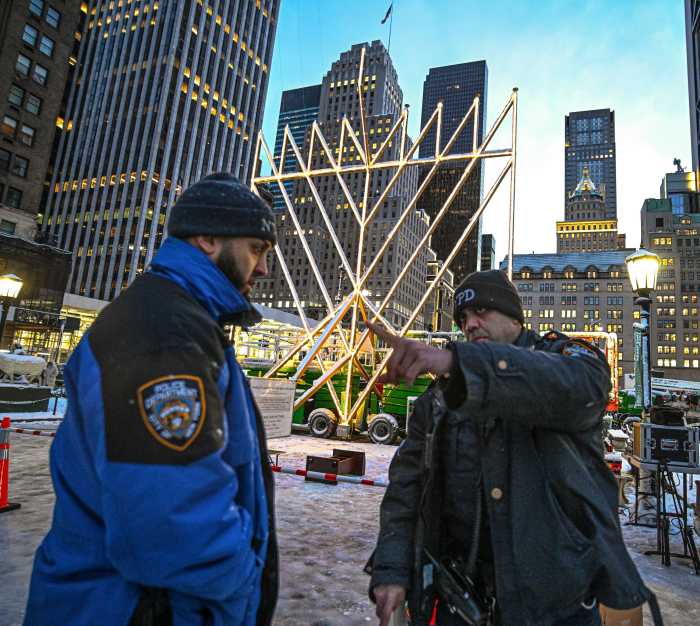By Karen Frantz
With predictions the city will see an increase in hurricanes like Sandy in the future, some are concerned a proposed natural gas pipeline that would travel from the Atlantic Ocean under the Rockaways through Jamaica Bay and into Brooklyn could be vulnerable.
Martha Cameron, a coordinator of the Coalition Against the Rockaway Pipeline, a grassroots alliance of organizations and individuals opposed to construction of the pipeline, is worried it could rupture during intense storms.
“Undersea pipelines themselves are very vulnerable in hurricanes,” she wrote in an e-mail to TimesLedger Newspapers. “Mudslides caused by the roiling waters can, and do, rupture pipelines, sending toxic and flammable content into the ocean.”
The pipeline would increase the supply of natural gas to National Grid, the utility that delivers gas to Brooklyn and Queens. It would be built by Williams Co. and connect the Transco pipeline, a major provider of natural gas to the northeastern United States extending 10,200 miles from Texas to New York, to a metering and regulating station built in an unused hangar in Floyd Bennett Field in Brooklyn.
Supporters of natural gas argue it is a cleaner source of energy and reduces the country’s dependence on foreign oil. Moreover, Williams Co. said the demand for natural gas has increased in the city, particularly in the Rockaways. The city has also recognized the need to expand natural gas supplies as part of PlaNYC 2030, and specifically cites the Rockaway pipeline project as being helpful to meet its clean air goals.
But Cameron said she was concerned about the pipeline’s potential negative environmental effects on the region, pointing to two studies detailing the impacts of hurricanes on pipelines. A 2010 study in Geophysical Research Letters, a journal of the American Geophysical Union, found underwater currents created by hurricanes could crack or rupture offshore oil pipelines. The other was a 2006 Minerals Management Service report tracking gas and oil pipeline damage reports in the Gulf of Mexico after major hurricanes, including 168 damage reports after Ivan, 243 after Rita and 299 after Katrina.
But a spokesman for Williams Co. said the group’s concerns were unwarranted.
“Extremely unlikely,” Chris Stockton said of the possibility of pipes rupturing. “In fact, that would not happen.”
He said the Transco pipeline did not see any impact from Sandy.
He also said thousands of miles of offshore Williams Co. pipelines in the Gulf region do not have such ruptures during storms.
“They’re designed to withstand a whole lot more severe conditions than what you saw with Sandy,” he said.
In addition, the Rockaway pipeline would be buried under the sea bed, Stockton said. Burying pipelines is a precaution against damage from hurricanes that is among those listed in a summary of the 2010 Geophysical Research Letters study.
Congress recently passed a bill paving the way for construction of the pipeline, but the project must still clear several hurdles before it can move forward. They include filing an application with and getting approval from the Federal Energy Regulatory Commission, a process that includes a review of environmental impacts, Stockton said.
Reach reporter Karen Frantz by e-mail at kfrantz@cnglocal.com or by phone at 718-260-4538.




































